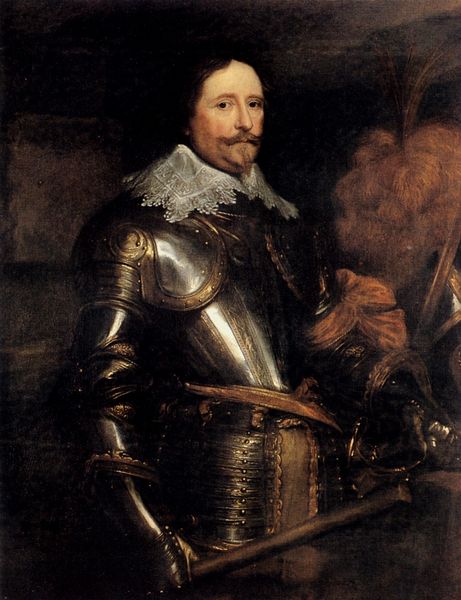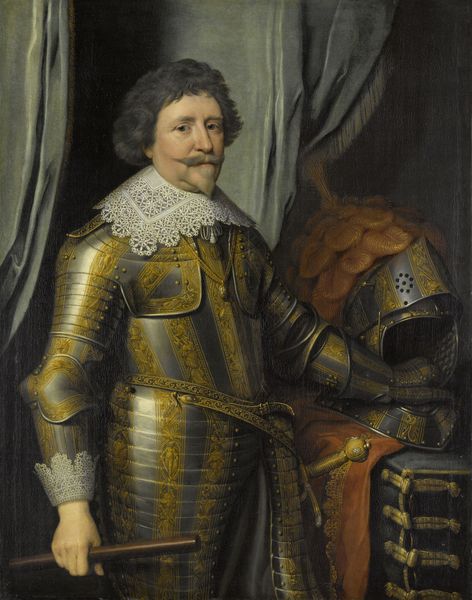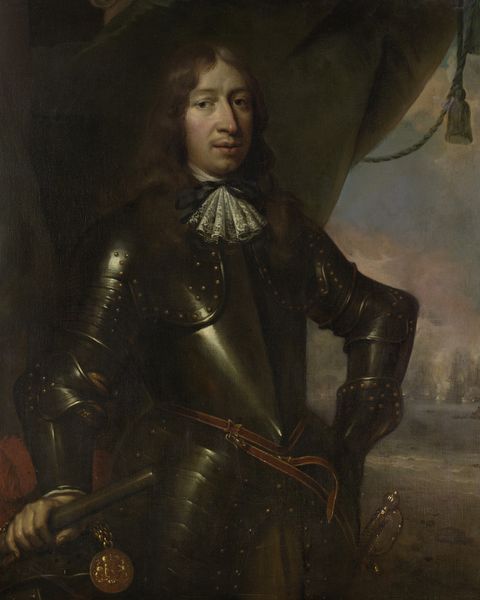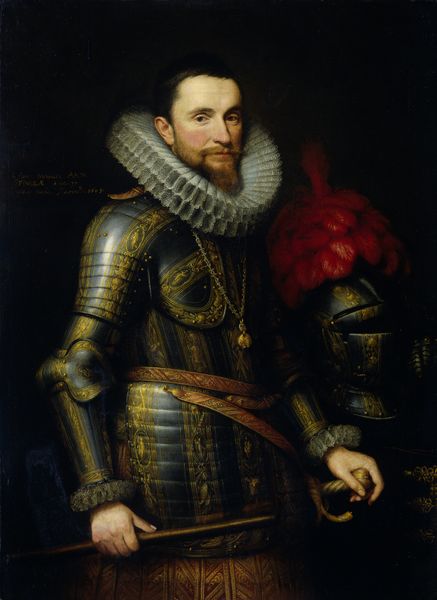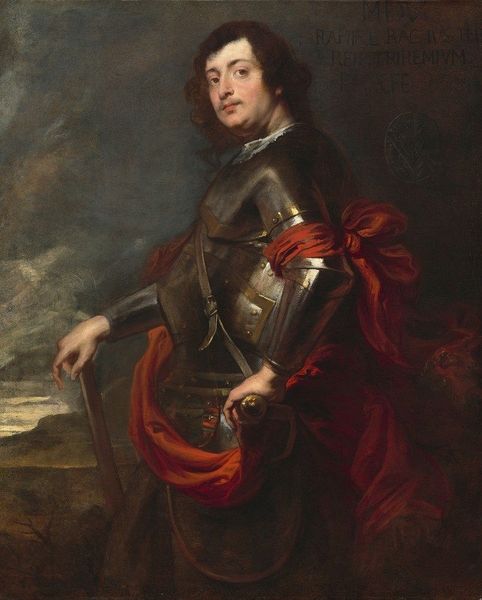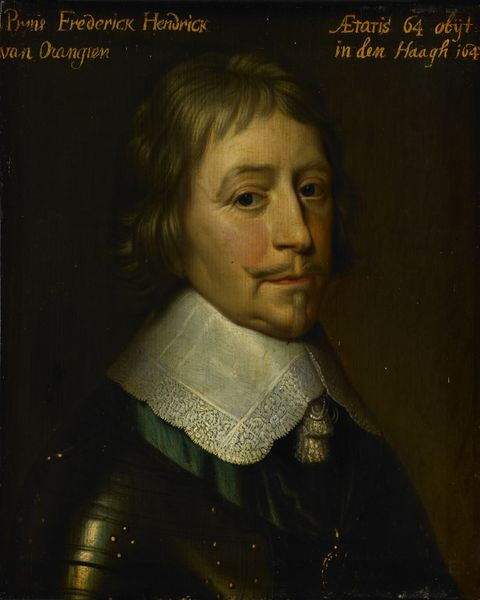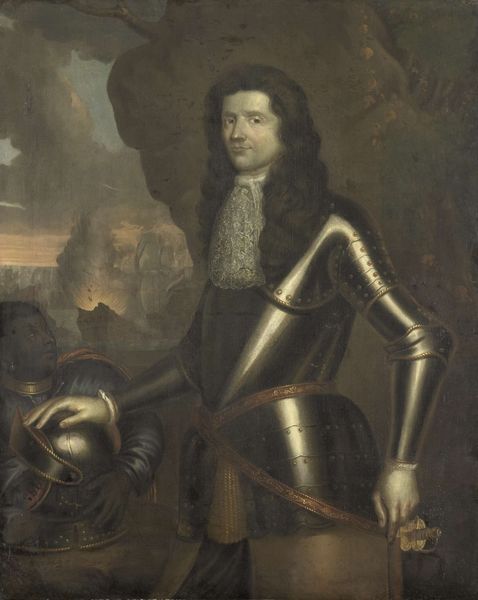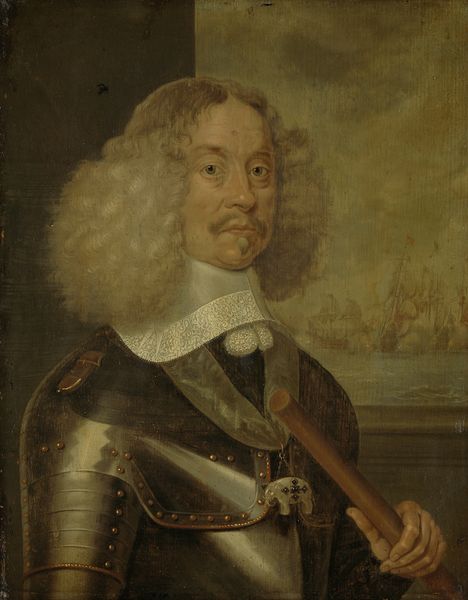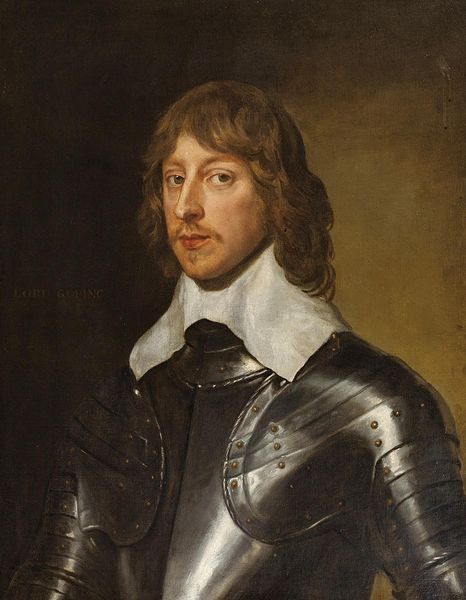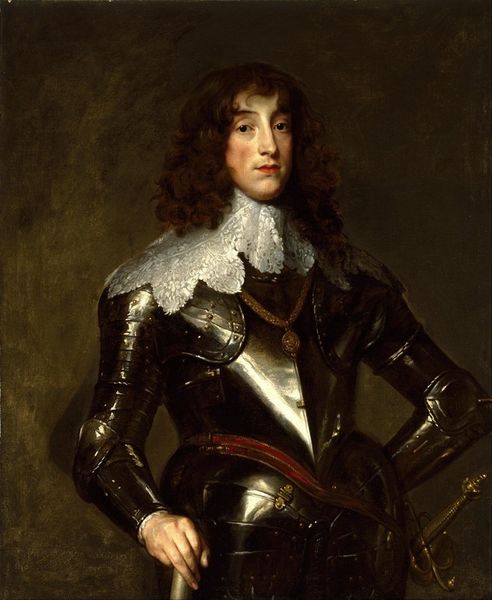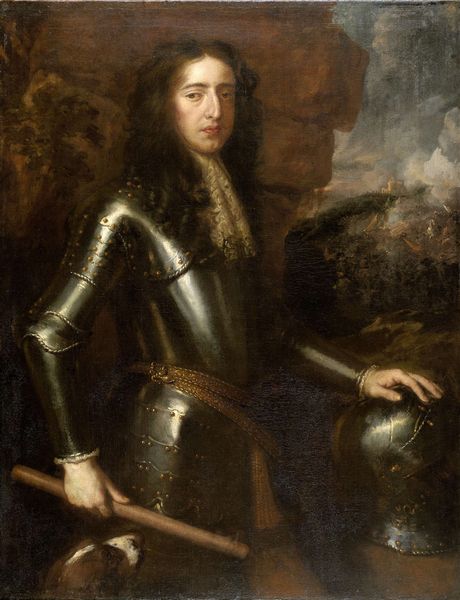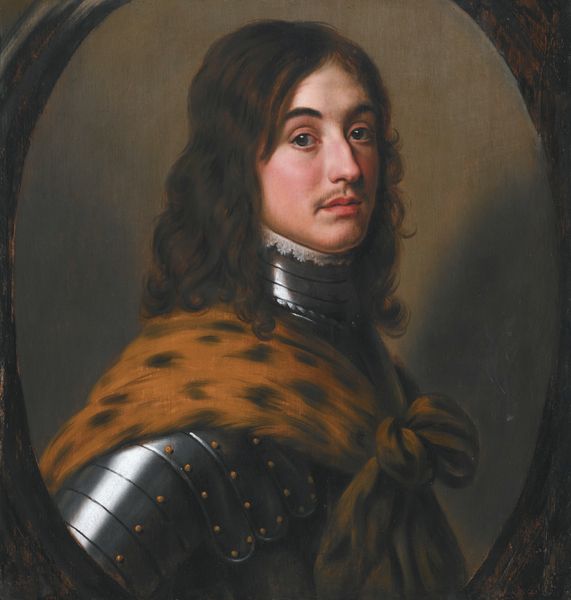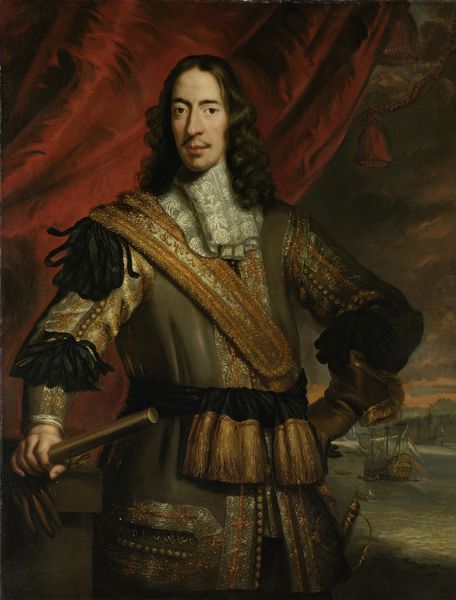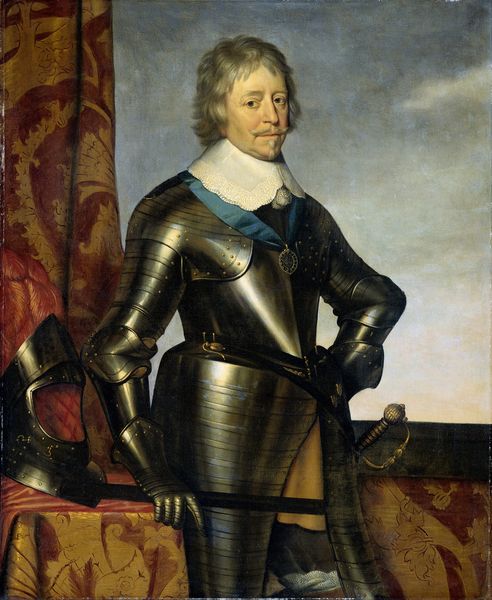
Portrait of the Stadholder Frederik Hendrik (1584-1647), Prince of Orange c. 1670
0:00
0:00
painting, oil-paint
#
portrait
#
baroque
#
painting
#
oil-paint
#
history-painting
#
realism
Dimensions: support height 124.5 cm, support width 100.5 cm
Copyright: Rijks Museum: Open Domain
Curator: Here we have a work titled, "Portrait of the Stadholder Frederik Hendrik (1584-1647), Prince of Orange." It was rendered circa 1670 by Anthony van Dyck. It’s currently held here at the Rijksmuseum. Editor: Well, right off the bat, it strikes me as both imposing and…vulnerable, strangely enough. That glint of metal armor, the lace collar...It's like a battle-ready king softened with delicate adornments. Does that make sense? Curator: Absolutely. Van Dyck masterfully situates Frederick Hendrik, Prince of Orange, within a context of power while subtly suggesting the weight of leadership. It reflects Baroque conventions of portraiture but also tells a story about Dutch identity. Editor: The guy’s got…a presence, hasn't he? The slightly weary eyes, that dignified posture... I wonder what a day in his shoes—or rather, in his armor—would have been like? Grueling negotiations or managing battle strategies... it must have been relentless. Curator: He lived during the Eighty Years' War, after all. Understanding Frederick Hendrik within the complexities of Dutch nation-building helps unpack how masculinity was constructed through governance, warfare, and self-representation in art. Editor: Masculinity—there's so much posturing involved in these kinds of portraits, isn't there? All that steel! Yet, Van Dyck captures this hint of melancholy. Maybe power takes its toll. Even through the polished armor, you sense the human underneath. The eyes tell it all! Curator: Precisely. The painting reveals more than military might. It allows space for considering how personal struggles can shape political realities. Considering the Prince's social class as well as other markers of identity encourages discussions of historical inequality and shifting power dynamics. Editor: I will remember his gaze! Art can really collapse time. Looking at Frederick Hendrik across centuries, imagining his concerns and joys, you begin to grasp our shared humanity. Not just as distant historical figures, but as souls inhabiting moments much like ours, in need for connection, too. Curator: Indeed. By engaging with art through both rigorous analysis and intuitive empathy, we enrich our understanding of both art history and our place within the present.
Comments
No comments
Be the first to comment and join the conversation on the ultimate creative platform.
